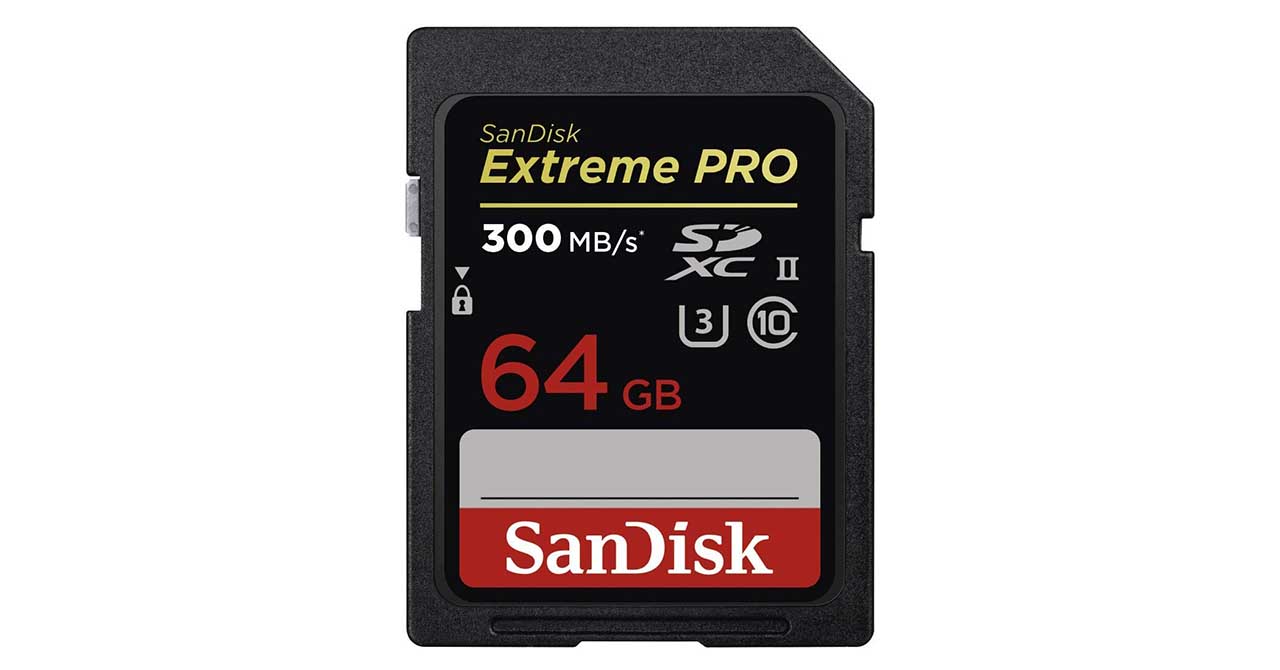

Pop filters: Sometimes mics pick up too much of the plosive and sibilant sounds that the mouth makes (“P” sounds pop and “S” sounds hiss).Shock Mount: A shock mount suspends the microphone and helps reduce unwanted vibrations and rumbling.When the mic stays in a fixed position on a mic stand, your recordings will be more consistent and even-sounding. Microphone Stand: The talent shouldn’t physically handle the mic.Headphones: The talent needs to be able to hear the material, so headphones are essential.The quality of your microphone will have a large impact on the overall quality of your recordings. Microphone: A microphone is required to capture the sound of the talent’s voice.The essential components of a voice-over studio are: What equipment do I need to record voice-overs? The same information can be applied to create voice-overs for audio podcasting, audio book production, recording ADR (additional dialog recording) and other kinds of multi-media projects. This guide assumes that you’re creating a voice-over for a video (or a photo slideshow), and that you’re using a computer with video editing software as your primary tools.

This guide will help you understand the different options for voice-over equipment, and help you understand how to use the gear properly. However, the quality of your voice-overs will only be as good as the methods you use to capture and control the sound. Even photo slideshows can benefit from a well-executed voice-over.Ĭreating a voice-over isn’t difficult to do, and the basic hardware required is fairly inexpensive. Voice-overs are found in every form of media, from news reporting to experimental filmmaking. They can be an unseen character in a story, or just a friendly voice persuading you to buy pet food. Voice-overs are an essential ingredient in the creation of dynamic media.


 0 kommentar(er)
0 kommentar(er)
